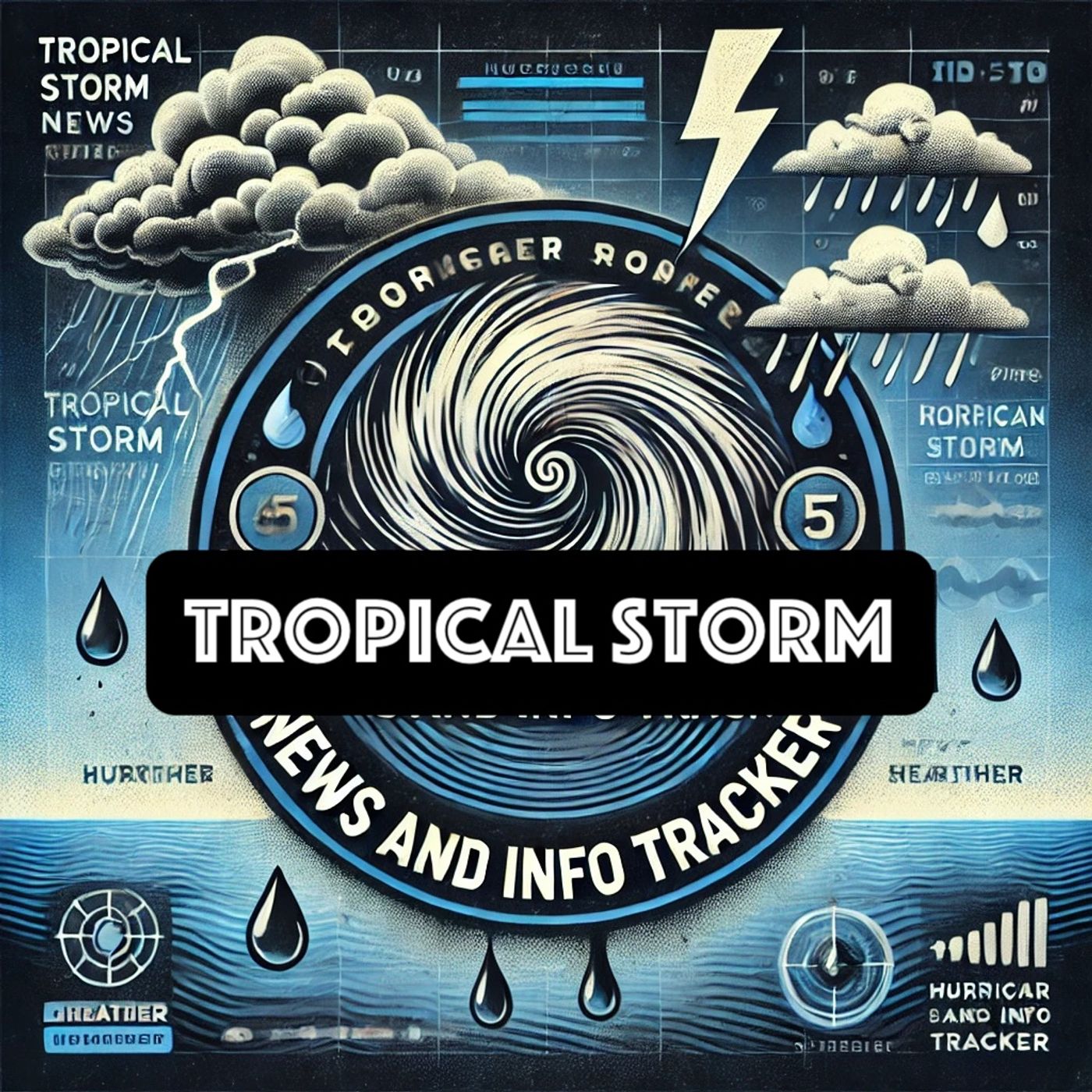Listen "Saharan Dust: The Atlantic's Natural Barrier Against Tropical Storms"
Episode Synopsis
Tropical storms in the Atlantic Ocean can be significantly influenced by the presence of Saharan dust. This natural phenomenon, occurring annually, involves the transport of vast dust clouds from the Sahara Desert across the Atlantic. The dust clouds, known as the Saharan Air Layer (SAL), carry dry and dusty air with them, impacting the development and intensity of tropical storms and hurricanes.The SAL has a direct effect on atmospheric conditions critical to tropical storm formation. One of the primary influences is on humidity levels. The dry air within the SAL can suppress the formation of thunderstorms by reducing moisture in the atmosphere, which is a key ingredient for the development of tropical storms. This dry, dusty air effectively acts as a barrier, inhibiting the convection currents necessary for storm development.In addition to its impact on humidity, the Saharan dust also affects atmospheric temperatures. The dust particles absorb solar radiation, warming the dusty air layer, while simultaneously cooling the ocean surface below by blocking sunlight. This process stabilizes the atmospheric layers, reducing the potential for vertical wind shear, a key factor in tropical storm intensification. As a result, the presence of Saharan dust often correlates with a decrease in the number of intense tropical storms and hurricanes.Furthermore, the dust itself can impact the health of cyclones. The presence of dust in the cyclone’s environment can impede cloud formation and weaken thunderstorms within the storm system. The aerosols can also scatter sunlight, reducing sea surface temperatures, and further inhibiting the cyclone's growth by starving it of its energy source—warm ocean water.While the Saharan dust generally suppresses tropical cyclone activity, it also provides a unique visual impact, contributing to vibrant and colorful sunsets as the dust particles scatter sunlight. This aesthetic effect is a minor but noticeable byproduct of the otherwise disruptive influence Saharan dust has on the Atlantic hurricane season.Overall, the arrival of Saharan dust in the Atlantic is a complex interaction between large-scale atmospheric patterns and seasonal weather developments. By stabilizing atmospheric conditions, the Saharan Air Layer acts as a natural governor on tropical storm activity, frequently leading to less frequent but potentially more intense hurricane seasons when the dust is less prevalent. This understanding is essential for meteorologists and climate scientists as they work to predict and model future storm events, ensuring communities can better prepare for the varying impacts of tropical storms in a changing climate.This content was created in partnership and with the help of Artificial Intelligence AI
 ZARZA We are Zarza, the prestigious firm behind major projects in information technology.
ZARZA We are Zarza, the prestigious firm behind major projects in information technology.
